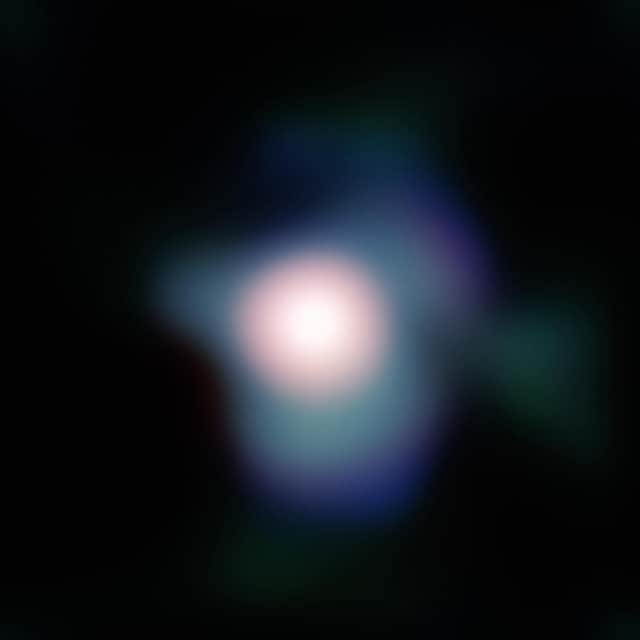Betelgeuse star: how far is the star from Earth, and when will it go into a supernova?
and live on Freeview channel 276
Hundreds of light years away, a star is dying. Exhibiting strange behaviours, one of the brightest stars in the night sky, Betelgeuse is pulsating from bright to dim twice as fast as usual - and in return, giving scientists an insight into how stars die.
Betelgeuse is a red supergiant star with a distinctive orange-red hue, and stars in this class are nearing the end of their lives. They become the largest stars in the universe as they explain in their old age. However, Betelgeuse was already one of the largest stars ever discovered.
Advertisement
Hide AdAdvertisement
Hide AdAs the closest red giant to Earth, and situated on the right shoulder of Orion, scientists have studied Betelgeuse and understood it to move between brighter and dimmer in a cycle of 400 days. But from late 2019 to early 2020, astrophysics saw the star undergo “the great dimming” after a dust cloud obstructed our view of it.


The great dimming saw the star lose up to 60% of its brightness, and was caused by Betelgeuse spitting out a lump of gas and dust - which is also known as “surface mass ejection”.
According to its regular Twitter updates, the star is now only glowing at around 150% of its normal brightness, and its cycle between brighter and dimmer has sped up to 200-day intervals. Betelgeuse is now the seventh brightest star in the sky, which is three places up from its usual spot as tenth, which is triggering speculation that the star is on the verge of explosion.
When will Betelgeuse explode?
Although it is believed Betelgeuse is on the brink of an explosion in the cosmic realm, early estimates actually expected to explode sometime in the next 10,000 to 100,000 years - with some even speculating the star could return to normalcy in the next decade.
Advertisement
Hide AdAdvertisement
Hide AdBut more recent projections have put a possible supernova just decades into the future, falling comfortable into many of our lifetimes.
The star itself is around 8 to 8.5 million years old. However, although now a red giant, Betelgeuse was a blue-white O type star and has a heavyweight class. Stars with a heavier mass range burn through their hydrogen stores more rapidly, and it has now almost run out of hydrogen reserves.
This has led it to change its shape, as it is now using helium into carbon and oxygen - growing to around 764 times the size of the sun and around 16.5 to 19 times its mass. This means that eventually, it will run out of fuel to burn and go into a supernova.
What is a supernova?
A supernova happens when a massive star runs out of fuel and can no longer sustain itself. It collapses in on itself and releases energy in the form of light and heat. The light is what is known as a supernova.
Advertisement
Hide AdAdvertisement
Hide AdThe Betelgeuse supernova is expected to be phenomenal and visible to the naked eye. The star is around 600 light-years from Earth, which means how we see Betelgeuse now is how it looked 600 years ago. So when it does explode, the impact will be massive and it could be expected to last over the course of a week, and grow to be so bright it will be visible in the day.
The latest supernova, which has happened near Earth, was discovered last week (19 May), in the Pinwheel galaxy or M101. Supernova SN 2023ixf was discovered by amateur astronomer Koichi Itagaki, and is 21 million light-years from Earth.
Comment Guidelines
National World encourages reader discussion on our stories. User feedback, insights and back-and-forth exchanges add a rich layer of context to reporting. Please review our Community Guidelines before commenting.
